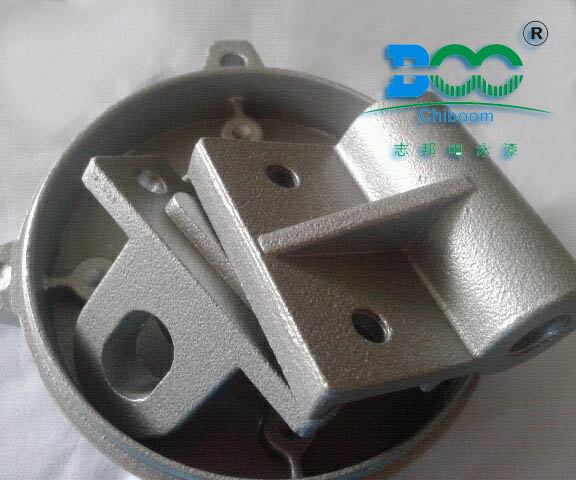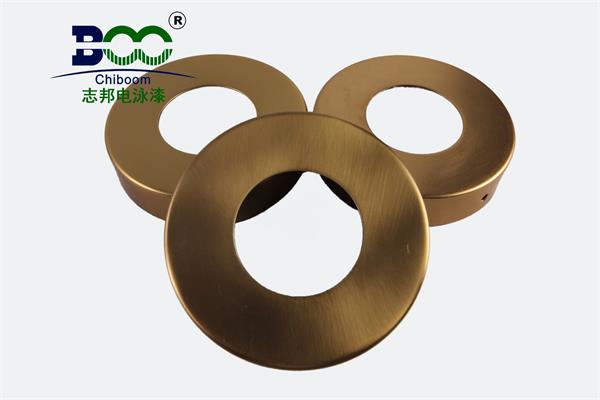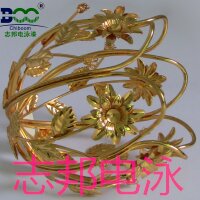Increasing the Hardness of Electrophoretic Paint Coatings: Principles and Practice
Electrophoretic coating, as an advanced electrochemical coating method, is
widely used in the surface treatment of various industrial products due to its
ability to form uniform, dense, and strongly adherent coatings. Electrophoretic
coating not only provides excellent decorative effects but also significantly
enhances the scratch and wear resistance of product surfaces by increasing the
hardness of the electrophoretic paint coatings. This article delves into the
principles behind increasing the hardness of electrophoretic paint coatings and
their practical applications.
The principle of electrophoretic coating involves suspending the coating material in water and utilizing the electrophoretic phenomenon to deposit the coating onto the product surface. When the coating material undergoes electrophoretic migration in an electric field, the coating particles are directionally deposited onto the product surface, forming a continuous coating layer. During this process, factors such as the solid content of the coating, coating thickness, curing time and temperature, and coating process all directly affect the hardness of the electrophoretic paint coatings.

The solid content of the coating is one of the important factors influencing coating hardness. A higher solid content means more active ingredients in the coating, resulting in a thicker coating layer and higher hardness. Therefore, when selecting electrophoretic coatings, products with higher solid contents should be prioritized.
Coating thickness also has a significant impact on hardness. Thicker electrophoretic paint films have more tightly packed particles internally, leading to higher coating hardness. However, excessively thick coatings may cause other issues, such as increased internal stress and crack formation. Therefore, while increasing coating thickness, it is also necessary to consider the overall performance and stability of the coating.
Curing time and temperature are also crucial factors affecting the hardness of electrophoretic paint coatings. During the curing process, the coating undergoes a series of physical and chemical changes to form a stable coating layer. Longer curing times and higher temperatures allow for more complete reactions between the resin and curing agent in the coating, resulting in harder coatings. However, excessively high curing temperatures and prolonged curing times may also lead to coating aging and discoloration. Therefore, in practical operations, it is necessary to reasonably set the curing time and temperature based on the coating's performance and product requirements.
In addition to the above factors, the coating process also has an important impact on the hardness of electrophoretic paint coatings. Pretreatment, primer application, curing processes, and other steps can all affect coating hardness. Therefore, during the electrophoretic coating process, it is necessary to strictly control the process parameters of each step to ensure the overall quality and hardness of the coating.
In practice, there are various methods to increase the hardness of electrophoretic paint coatings. Besides optimizing coating selection, adjusting coating thickness, controlling curing time and temperature, and optimizing the coating process mentioned above, advanced surface treatment technologies such as plasma surface treatment and physical vapor deposition can also be adopted. These technologies can further improve the surface structure and performance of the coating, thereby increasing its hardness and wear resistance.
In summary, increasing the hardness of electrophoretic paint coatings is a systematic engineering involving multiple factors. In practical operations, it is necessary to comprehensively consider various factors based on product requirements and coating performance to formulate a reasonable coating scheme. Only by doing so can electrophoretic coated products be ensured to have excellent hardness and wear resistance, meeting the needs of various industrial applications.





 WeChat
WeChat